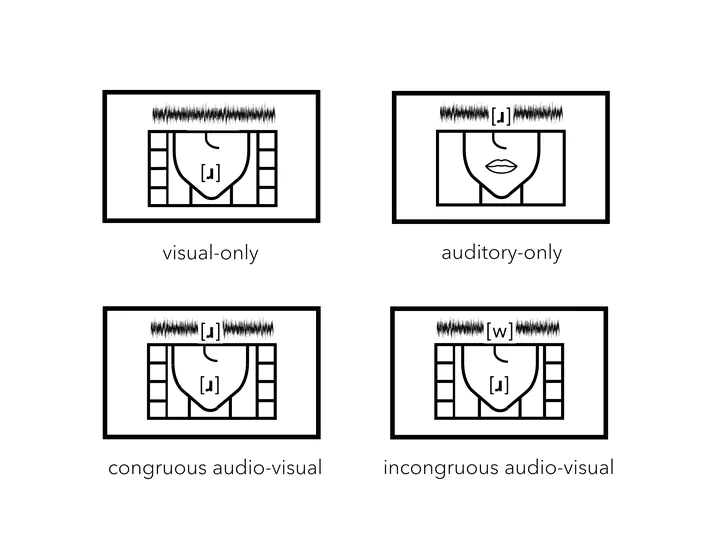Seeing is perceiving: The role of the lips in the production and perception of Anglo-English /r/

Abstract
Articulatory variation is well-documented in post-alveolar approximant realisations of /r/ in rhotic Englishes, which present a diverse array of tongue configurations. However, the production of /r/ remains enigmatic, especially concerning non-rhotic Englishes and the accompanying labial gesture, both of which tend to be overlooked in the literature. This thesis attempts to account for them both by considering the production and perception of /r/ in the non-rhotic variety of English spoken in England, ‘Anglo-English’. This variety is of particular interest because non-lingual labiodental articulations of /r/ are rapidly gaining currency, which may be due to the visual prominence of the lips, although a detailed phonetic description of this change in progress has yet to be undertaken.
Three production and perception experiments were conducted to investigate the role of the lips in Anglo-English /r/. The results indicate that the presence of labiodental /r/ has resulted in auditory ambiguity with /w/ in Anglo-English. In order to maintain a perceptual contrast between /r/ and /w/, it is argued that Anglo-English speakers use their lips to enhance the perceptual saliency of /r/ in both the auditory and visual domains. The results indicate that visual cues of the speaker’s lips are more prominent than the auditory ones and that these visual cues dominate the perception of the contrast when the auditory and visual cues are mismatched. The results have theoretical implications for the nature of speech perception in general, as well as for the role of visual speech cues in diachronic sound change.